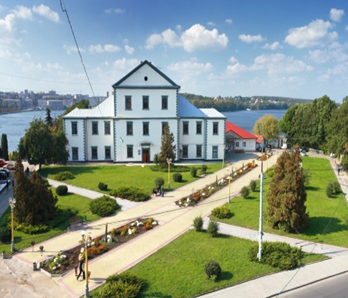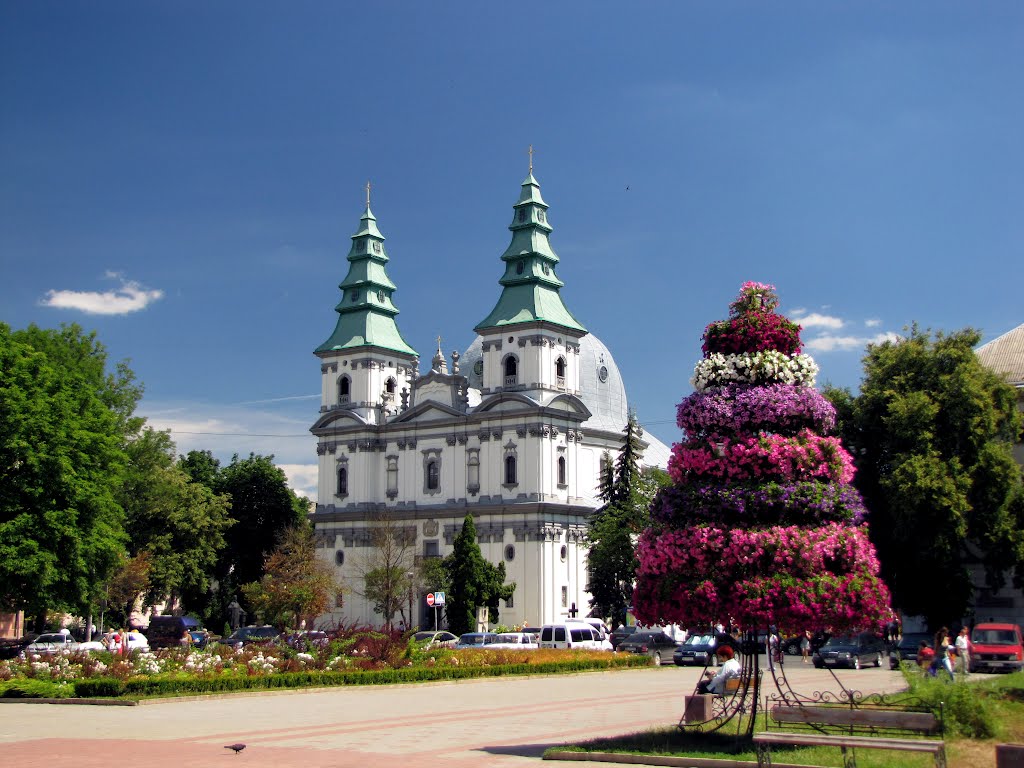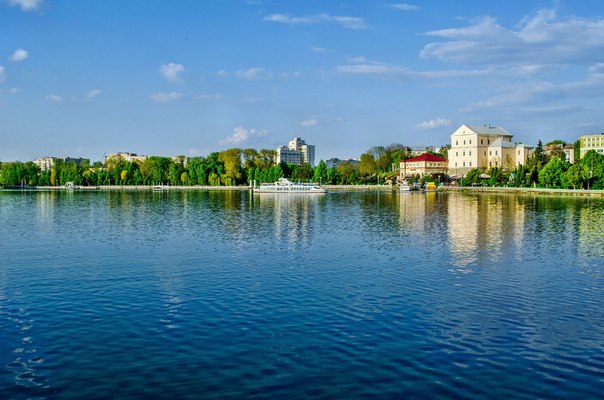Ternopil Region: The most beautiful part of Ukraine
It’s a small region indeed – but what a history it has, what nature and architectural treasures! The region is a champion for castles and old ruins – there are more than 30 fortress here.
The characteristic sign of nature of Ternopillia is its variety: one can find a green valleys in the central part of the region, deep river canyons in the southern part and Kremenets sublimity on the north of this district. The Tovtry chine (Medobory) crosses Ternopil region from the north-west to the south-east.
Ternopil
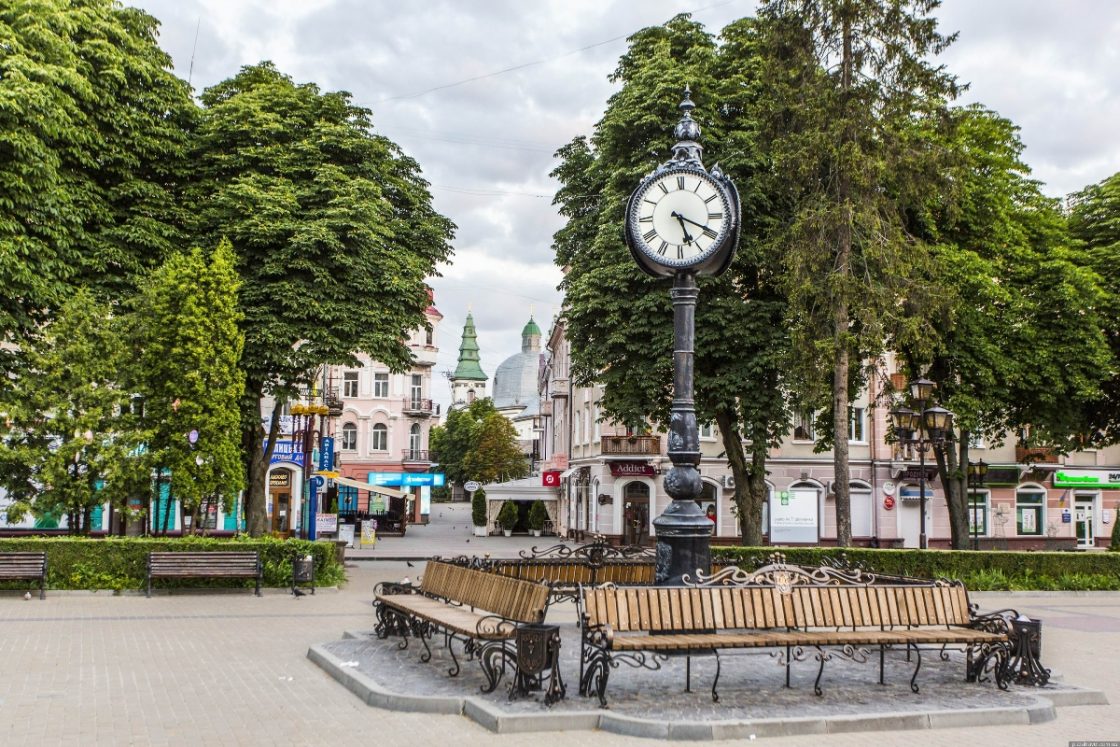
Ternopil is a peaceful and comfortable town in the west of Ukraine with breathtaking natural beauty. What makes it really special though, is its people who are well known for being hospitable, friendly and kind.
Ternopil’s high level of public safety, its cleanliness, beautiful open spaces, low living costs and cultural diversity all help to make it easy for overseas visitors to feel at home.
For sightseeing, get on a motor ship and see the town. You can also visit the Cathedral which was built in the 18thcentury. In the Museum of Ethnography you can learn about the history and culture of Ternopil. Another option is Ternopil’s parks where you can smell the beautiful fresh flowers and take great pictures of the fascinating fountains.
Ternopil Region Castles
Kremenets Castle
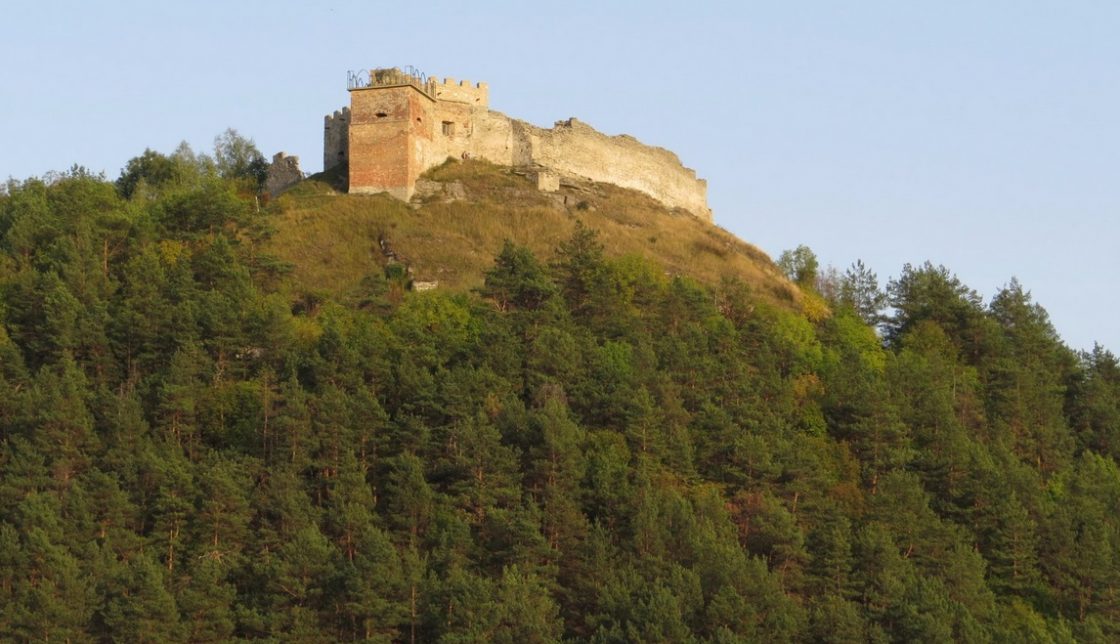
This castle has protected the people of Kremenets since the 8th century when a wooden fort was first built under the Kyivan Rus. The hill overlooking the town resembles an arrow from above. A long narrow ridge leads to a triangular plateau. The castle had three towers of which two have been preserved. The Nad Novym Domom (Above A New House) was the main entrance into the later 16th century stone castle. The other existing tower is the Cherlena (Red) Tower. In addition to the two towers, some sections of the 3-meter thick walls with battlements are still standing.
The castle was first mentioned in a Polish encyclopedic dictionary written in 1064. The town was first mentioned in 1226 when Mstislav the Bold defeated the attacking Hungarian army under the leadership of King Andrew II. Andrew “being demoralized left this land rapidly” the document records – but not for long because the following year Mstislav turned all of his holdings over to Andrew and retired.
It was one of the few castles that withstood the Mongolian invasion of 1240-1241 led by Batu Khan, the grandson of Genghis Khan. Five years later the Mongolian hordes returned under command of Burundai and the castle again could not be taken. But the resulting peace treaty between Danylo of Halych and the Mongolian invaders required that the walls of this mighty castle be torn down.
Kremenets briefly came under control of the Hungarian Kingdom in the 14th century. The Lithuanian Count Liubartas captured the town in 1382 adding it to the Volhynian Principality of the Lithuanian Kingdom. The town then became part of the Polish-Lithuanian Commonwealth upon its creation in 1569 until its destruction by the Third Partition of Poland in 1795 when the Russian Empire annexed Kremenets.
The castle, having been rebuilt during the Commonwealth, was finally destroyed in 1648 when the Cossack Colonel Maksym Kryvonis surrounded ir and laid siege for six months. When the Polish garrison surrendered the Cossacks destroyed the castle and it was never rebuilt.
Zbarazh Castle
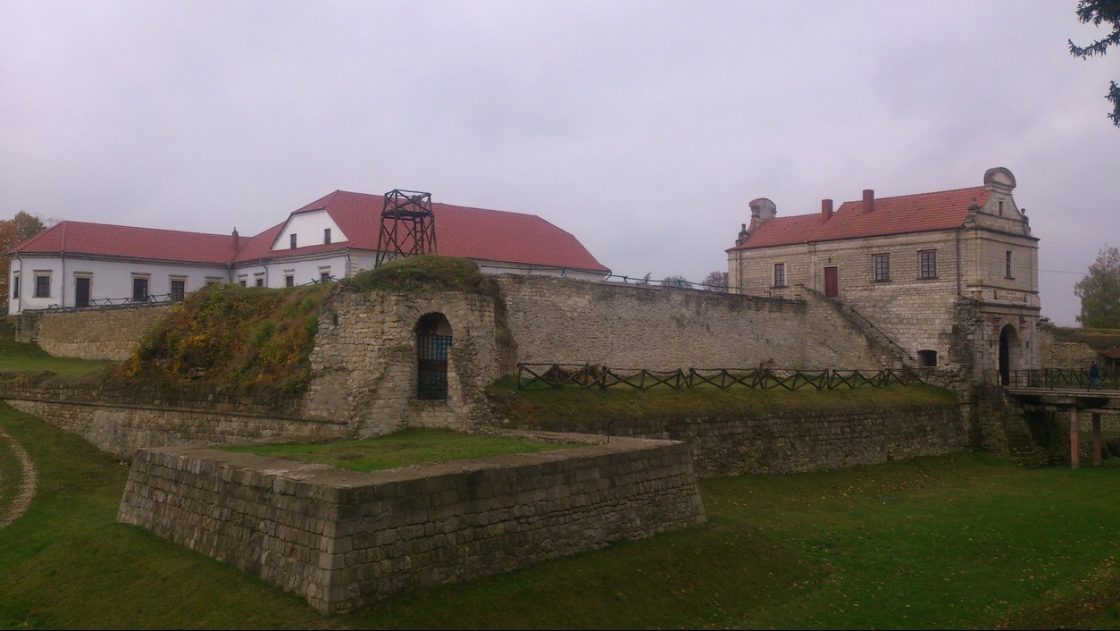
Zbarazh Castle is one of the masterpieces of the fortification of the Ternopil region, widely known thanks to the events connected with the national liberation struggle of Ukrainian Cossacks, led by Hetman Bohdan Khmelnytsky.A fortified settlement has existed in Zbarazh in medieval times (original fortress is attributed to 1211), but after the destruction of the Mongol-Tatars for many centuries it wasn’t restored. Only in 1626, it was decided to build a strong castle-fortress on the castle hill, which had contributed to the defense of the city from the Russian troops, and the troops of the expanding Ottoman Empire, supported by the Crimean khan.
Vishnevets Palace
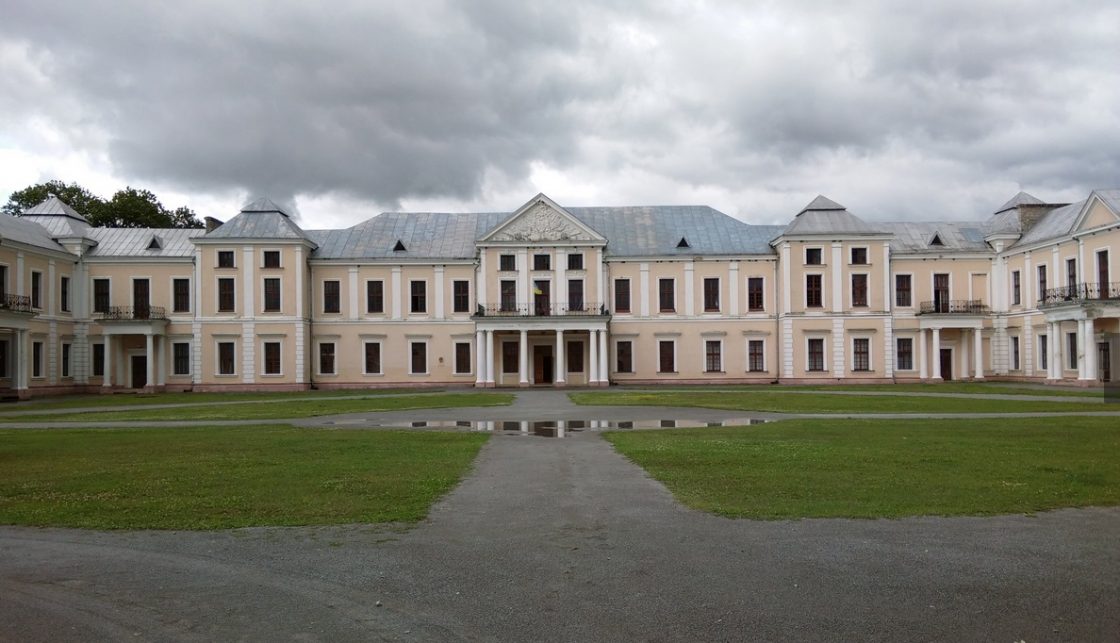
Architecture of Vyshnivets Palace combines features of Late Baroque and Classicism. Having reconstruction completed, spacious palace took on classic appearance: elongated in prospective two story facade with its flanks being one level taller poses symmetrical architectural composition forming one side voiding rectangle. Central part of the facade containing ceremonial avant-corps decorated entry way has a triangular shield with a palatial ornamentation on it. The rear side of facade in between avant-corps has arch galleries. Gateway to the residence is accomplished majestically resembling antic triumphant entry.
Inside the palace, the framework is symmetrical with a hallway, stairways, and saloon. A few halls in the porter combined with wide arch crossings that house numerous pieces of art mirror gallery being once most known in-between dignified Polish-Lithuanian Commonwealth residences of the 18th century.
Ternopil Castle
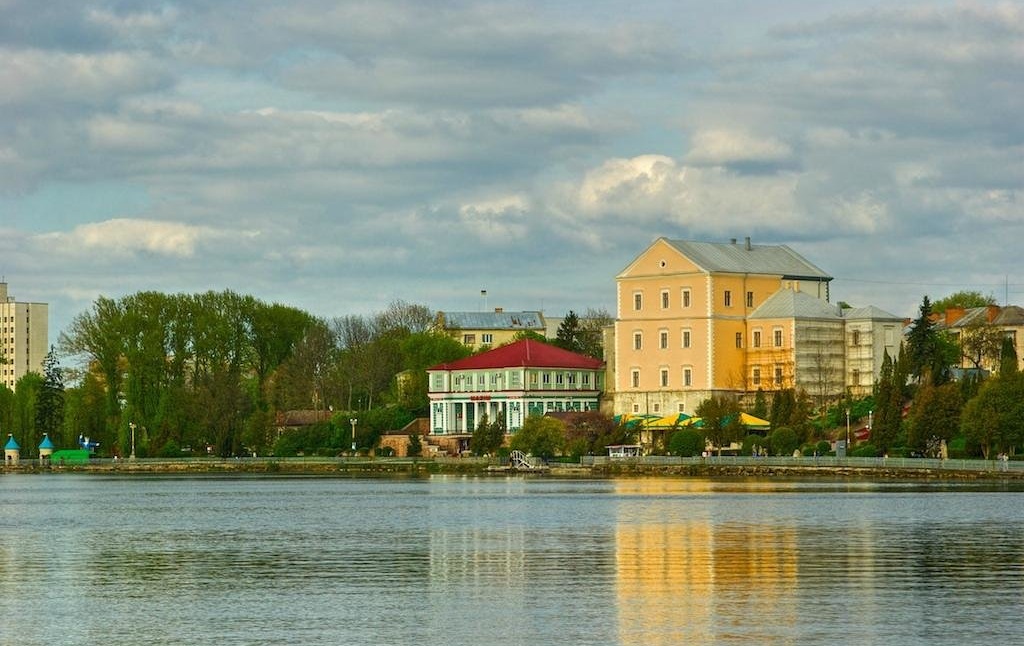
This castle is almost 500 years old and worth seeing from the exterior during your visit to Ternopil, Ukraine. The reflection in the lake makes a good photo and from the city it is also picturesque. It was remodeled in the 19th century and its appearance today is more like a 19th century palace. Inside it is used as an athletic club today–so not much to see of historic value inside.
Video about Ternopil:

